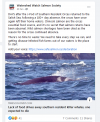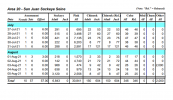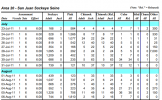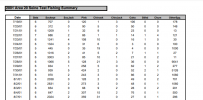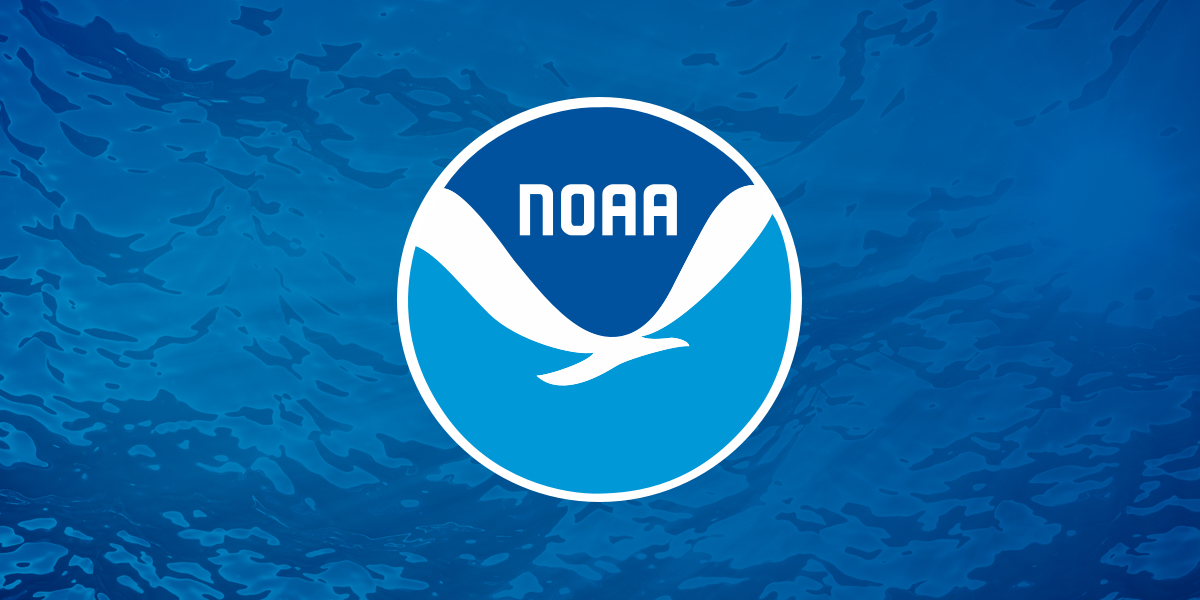Posted on behalf of the Public Fishery Alliance ... Your Facebook post has come to the attention of the directors of the Public Fishery Alliance (PFA). We are an advocacy group for public access to salmon. We are also advocates for salmon recovery. The majority of our members, which include retired DFO and Federal Environment Ministry senior staff have been involved in fishery issues for many decades, including putting in countless thousands of hours working in streams to maintain habitats to restore and sustain Chinook, Coho and other salmon species. These volunteers have raised millions of dollars for these projects, and have been doing so for decades. There is a local project which the PFA recently supported by funding an excellent video short that the organization will be able to use to raise funds. It is to produce more Chinook for whales to eat as they transit Juan de Fuca Strait. This group is the Southern Vancouver Island Anglers Coalition (Watch the PFA video here:
https://publicfisheryalliance.ca/sooke-chinook.../ ). In the last four years SVIAC has raised over $300,000 to rear 2,500,000 juvenile Chinook salmon in a temporary enclosure in Sooke, where they have been released into the wild to return as adults in 3 to 5 years. The primary intent is to produce more large adult Chinook as food for the endangered SRKW’s while they transit Juan de Fuca Strait in advance of their fall prey food uncertainty. Yes, some of these fish will be caught by various fisheries, including potential terminal fisheries conducted by local First Nations who also support the project, some will be eaten by other mammals including northern pods of resident fish-eating whales. DFO has recently confirmed the project appears to be meeting its goal of adding to the food supply for SRKWs. It would be important for the followers of your Facebook posts to understand that this project was financially supported by multiple members of the Pacific Whale Watching Association, of which you are not a member. SVIAC has also confirmed that no financial contributions have been received from your organization towards this endeavour. Furthermore, when the SRKW issue came to the forefront a few years ago anglers from the Sooke participated in data collection programs, as did other anglers along the coast, specifically to determine prey availability. These multi-year projects were run by Dr. Andrews Trites from UBC’s Marine Mammal Research Unit. So here are the lessons you need to learn: First, don’t take what might well be a natural event (the sad death of a sick whale that has reached the expected 30-50 year life span, and appears to be the outlier in terms of the overall condition of the pod it was traveling with) and turn this into an opportunity to take shots at an entire group of Canadians, many of whom are volunteers. Especially when it is not dying of starvation. Anglers have been digging into their own pockets to help the very whales you need to sustain your own business interests. Second, in a post on your Facebook page just two days prior to this attack on the public fishery, you noted that it’s great to see them back and they appear like they are healthy and having fun. Two days later it’s all doom, gloom and starvation because, in your opinion, recreational anglers will be allowed to retain one Chinook per day. There haven’t been rods in the water for Chinook since April 1st for three years in a row. A comprehensive suite of area closures to protect whales and restrictions to conserve Chinook has been put into place already. Third, apparently you see nothing wrong with assigning blame to hard working Canadians who make a living from fishing, while falling to draw the same comparisons to your own operation. Do you understand the point here? Fourth, all you have achieved from this is to stir the pot unnecessarily without a scintilla of evidence that this whale died because of something that recreational anglers did. And, judging from the response to your post you have stirred that pot. The PFA goal is to have everyone who has interests in salmon going in the same direction. Anglers and whale watchers have achieved that, your post puts that cooperation at risk and rekindles old disagreements between the two groups. Finally, there are Chinook in Juan de Fuca, Georgia Strait, Puget Sound, and especially off the west coast of Vancouver Island where they have been particularly strong for most of this year. The whales are foraging where the best foraging opportunities are. While a number of important Chinook stocks in BC are depressed, such as the Upper Fraser River runs, which triggered Chinook non-retention, others are improving such as Georgia Strait Chinook. These 14 indicator stocks recorded over 57,000 Chinook returns in 2020 compared to 36,000 for the previous 12-year average. This was done through restoration, enhancement and sensible harvest regulations that did not shut down recreational fisheries. In fact, an estimated 30,000 of those weak Upper Fraser Chinook have already passed the monitoring station 40 km above the Big Bar slide this year. And, you should know, the majority of salmon retained by anglers are below 15 lbs, not the preferred large adults a Southern Resident Orca would forage upon. Maximum size limits, which require anglers to release large Chinook, further add to the available food supply. As noted, the PFA advocates for the public fishery. Part of that is to rebuke unsubstantiated erroneous opinion that crops up wherever it appears. Your Facebook post falls into that category and the Board of Directors of the PFA call for the removal of that section of you post, and a public apology from your company to those anglers who are actually doing the work, mainly at their own expense, to ensure there are salmon for whales, anglers and other legitimate fishing interests into the future. PUBLICFISHERYALLIANCE.CA


